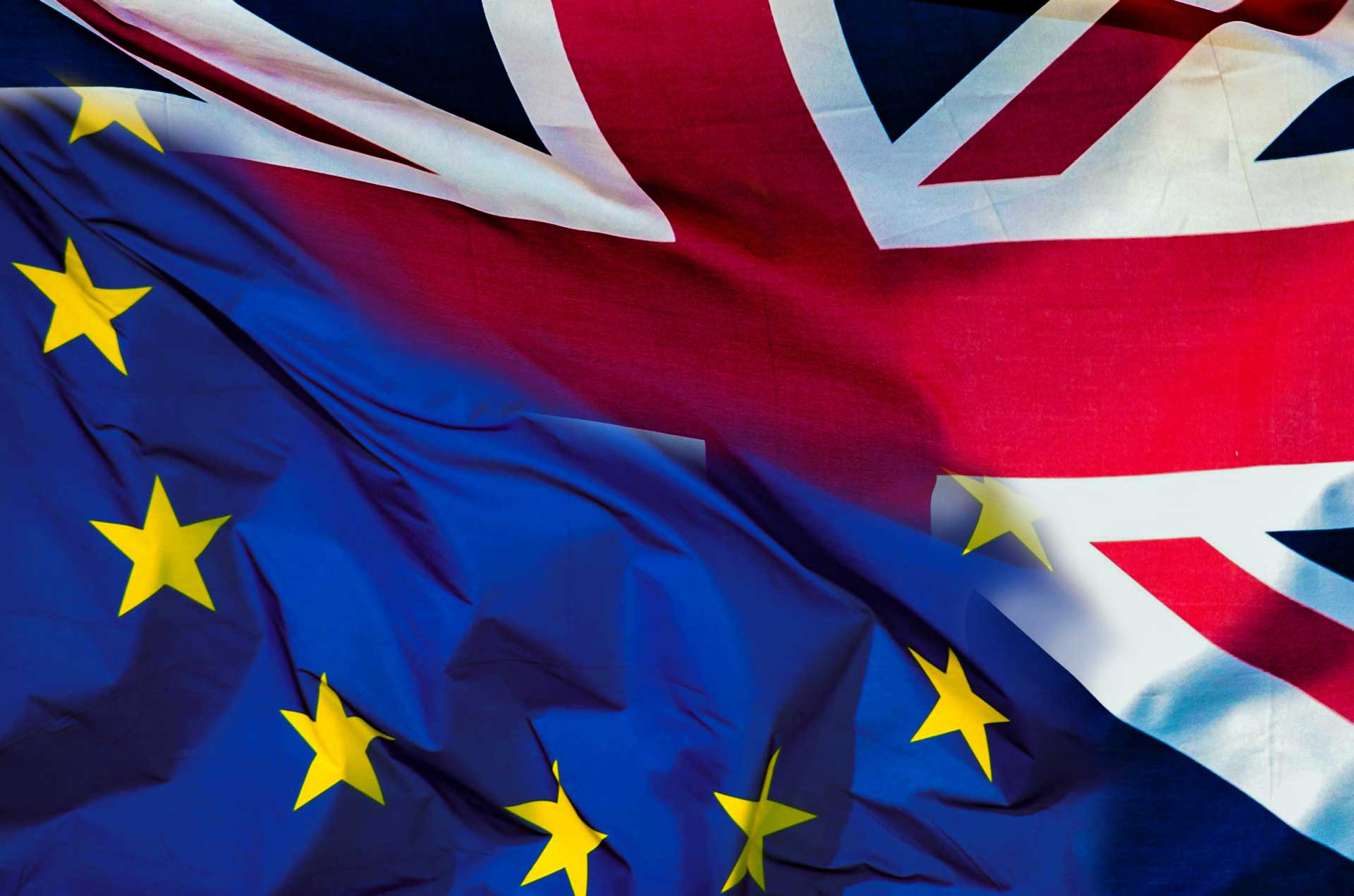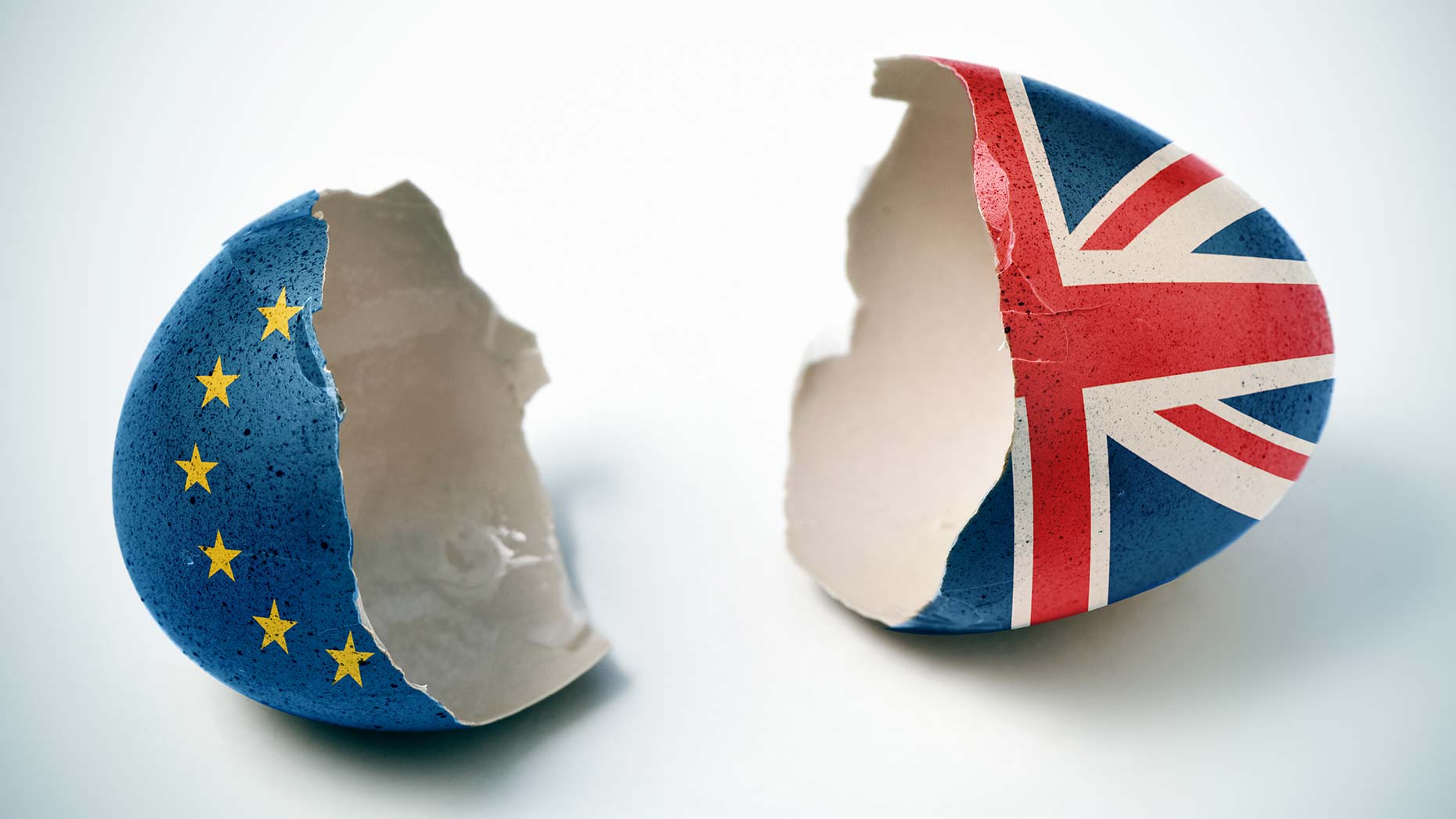What do we want? Brexit! When do we want it? Now.
This might sound like a good chant for a demonstration, but with less than 270 days left before the UK leaves the EU (on March 29, 2019) the chant stands for a serious, political declaration.
Everybody agrees; ‘We have to get on with Brexit’. The problem is we still don’t know what we should get on with. The government is creating committees, subcommittees and sub-sub-committees (I am not joking) just to specify what leaving the EU means!
So far, the only agreement about Brexit is that nobody agrees what Brexit is.
What does Brexit mean? is a question haunting the Government, the opposition, the parliament, the voters. The government ministers, like the cardinals in Sistine chapel, will not be let out of the Chequers this weekend until they agree the White Paper which will specify what Brexit is.
The Cabinet might unite, the country might not.
Brexit, as has been since the time of the referendum, means all things to all people. We are divided about what Brexit is and therefore what the impact of leaving the EU will be. The result is that we are stockpiling supplies of food and medicine. The last cabinet which had to do that was Churchill’s during the war.
In the same way the referendum result was left unspecified by the religious tautology ‘Brexit means Brexit’, the same indeterminate way we now deal with the myriads of Brexit issues: Brexit means ‘a’ custom union, but not ‘the’ custom union; Brexit means free trade agreements, but not the free trade we have now; Brexit means borders, but not border controls…
It appears we entered a ‘quantum Brexit’. Like a quantum particle which can be in two places at the same time, David Davis proposed Norther Ireland to be in the EU and in the UK at the same time.
But we cannot implement ‘Brexits’ (plural). We must reduce all the possibilities into one – but which one?
The majority of public is against ‘off-the-cliff’ Brexit. Three quarters are ‘dissatisfied’ with Brexit negotiations. But that does not mean three quarters want to remain in the EU now.
Yes, the latest opinion polls indicate a ‘slight’ majority to remain in the EU. But within plus minus two percent, the population is still divided 50-50.
When people can unite only in rejection of the current situation, finding the unity for what we want might seem futile. The emotions are running high, the arguments have been replaced by accusations, the logic and facts by dogma and shouts. But if we want to ‘get on with it’ we need to build consensus.
The common ground could be exactly what is dividing us: Brexit. We must come to the understanding why Brexit is dividing us.
The government might be aware of that. If the reports about the forthcoming ‘white paper’ are correct, the white paper will list options, rather than the final definition of ‘what we want’. The next step is then how we move from these options to choose the ‘preferred option’?
We can define two extreme ‘Brexit limits’: no deal, on one side, continuous membership of the EU on the other. Anything in between is a compromise with the middle point perhaps a Norway/Switzerland concession.
The beauty of ‘disunited we stand’ approach is that it is intellectually honest. We know Brexiteers are divided, we know Remainers are divided. On both sides there are some who are prepared to compromise. And some who claim that a compromise is the ‘worst of both worlds’.
Somehow, we must find a way out of this. A ‘quantum Brexit’ of being and not being in the EU is not possible. The same way the quantum particle collapses in crash with reality, Brexit reality requires a defined position. We cannot have our cake and eat it – which has been so far the position of Theresa May and Jeremy Corbyn.
Once both leaders accept that all of their proposals are unworkable, they can indeed specify ‘the options’. The parliament, in a free vote, should then select ‘the preferred option’. The parliament then authorises the government “to get on with it”.
This will change the tyranny of Brexit into a democratic process. Of course, negotiations are about compromises and it remains to be seen if the UK government can achieve the ‘best deal’ with the EU. Thankfully, the democracy has a way of dealing with it. Once ‘The Deal’ is known, present it to the people who will be the final arbiters.
We voted on what we did not want, we must have a vote on what we want. This time without lies, fake news and foreign power interference.







